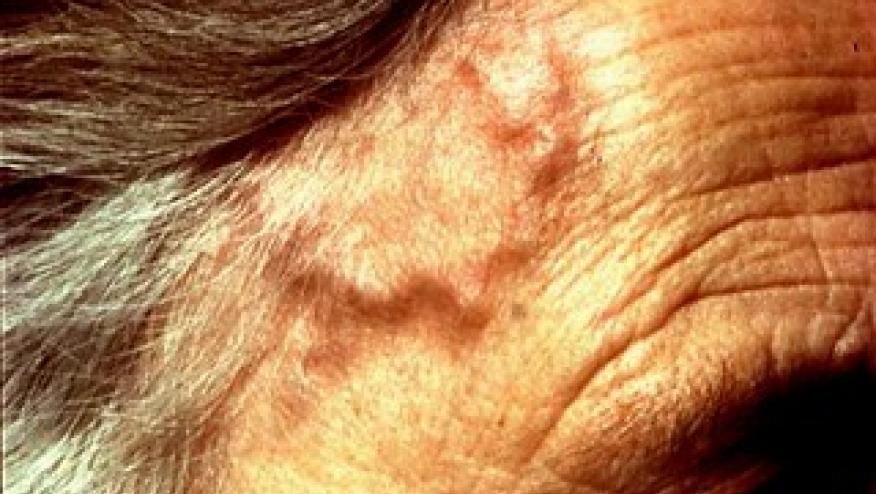2022 ACR/EULAR Giant Cell Arteritis Classification Criteria Save

Giant cell arteritis (GCA) has historically been a clinical diagnosis (visual loss, headache, jaw pain, scalp tenderness, etc) supported by labs and histopathology. Yet the diagnosis and classification of GCA has evolved, so much so that the ACR and EULAR have updated the 1990 Classification criteria to aid in the care and investigation of this large‐ and medium‐sized vessel vasculitis.
An international group of vasculitis experts reviewed the new medical literature, identified candidate criteria that were reviewed by an expert panel and later tested the new classification criteria using a series of cases and comparators. The resulting 2022 EULAR/ACR classification criteria outperformed prior criteria.
Notably, these classification criteria had the absolute requirement of aged 50 or older at the time of diagnosis. ≥50 years at diagnosis was an absolute requirement for classification. Once achieved the subject could be classified as having GCA with a cumulative score of ≥6 points. Additional weighting of criteria included:
- +5 points: positive temporal artery biopsy or temporal artery halo sign on ultrasound
- + 3 points: erythrocyte sedimentation rate ≥50 mm/hour or C reactive protein ≥10 mg/L (+3)
- + 3 points: sudden visual loss
- +2 points each: morning stiffness in shoulders or neck, jaw or tongue claudication, new temporal headache, scalp tenderness, temporal artery abnormality on vascular examination, bilateral axillary involvement on imaging and fluorodeoxyglucose–positron emission tomography activity throughout the aorta
When tested against the validation data set, the model area under the curve was 0.91 (95% CI 0.88 to 0.94) with a sensitivity of 87% and specificity of 95%.
The new classification criteria are intended for use in clinical research, as the authors note classification criteria are not equivalent to diagnostic criteria. Diagnostic criteria can be applied in everyday clinical practice to make a diagnosis of a particular disease. But classification criteria are used to make sure that a homogeneous or consistent population is selected for trials and research. This makes it possible to draw valid interpretations and conclusions from smaller samples of people than would be possible if the research population was very heterogeneous..









If you are a health practitioner, you may Login/Register to comment.
Due to the nature of these comment forums, only health practitioners are allowed to comment at this time.